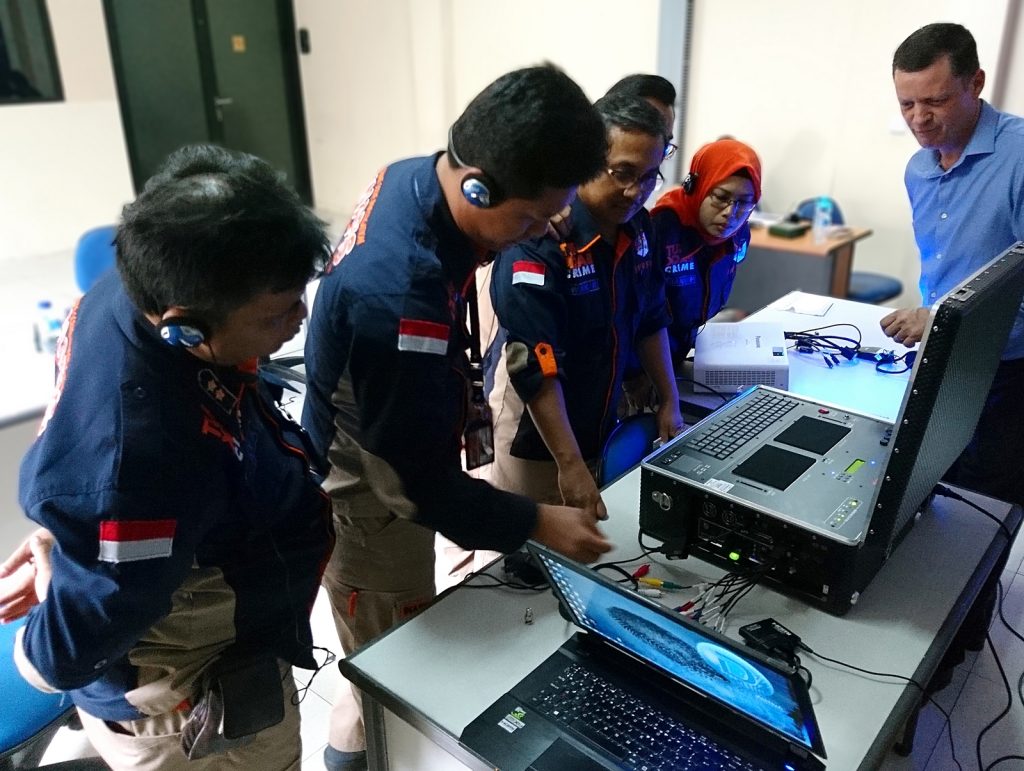Introduction
Digital forensic training plays a pivotal role in enhancing the effectiveness of law enforcement officers and staff involved in cybercrime investigations. As technology evolves rapidly, so do the methods employed by cybercriminals. To ensure that officers are well-equipped to handle these challenges, it is essential to provide them with up-to-date training that emphasizes “hands-on” practical instruction. This article explores the significance of digital forensic training, with a particular focus on the role of video training software in delivering comprehensive and impactful learning experiences.
The Importance of Training, Education, and Experience
In the realm of digital forensics, the effectiveness of collected evidence is intricately tied to the level of training, education, and experience of the officers and staff involved. As technology continues to advance, so too do the tactics employed by cybercriminals. Law enforcement agencies must keep pace with these changes to effectively combat digital crimes.
A well-trained and educated workforce is better equipped to navigate the complexities of digital investigations, ensuring that evidence is collected, preserved, and analyzed in a manner that withstands legal scrutiny. Moreover, experience complements training and education by providing practitioners with the practical skills needed to apply theoretical knowledge in real-world scenarios.
Video Training Software: A Crucial Component
In the realm of digital forensic training, video training software emerges as a crucial component for delivering effective and engaging learning experiences. Traditional training methods often fall short when it comes to keeping pace with rapidly evolving technologies. Video training software addresses this challenge by providing dynamic, interactive, and visually immersive content.
Advantages of Video Training Software
- Visual Learning: Video training allows officers to see the actual processes and techniques in action, providing a more comprehensive understanding of digital forensic procedures.
- Accessibility: With video training software, officers can access learning materials at their convenience, promoting self-paced learning that accommodates diverse schedules.
- Hands-On Simulations: Simulated scenarios and hands-on exercises within video training software enable officers to practice their skills in a controlled environment, enhancing their ability to apply knowledge in real-world situations.
- Up-to-date Content: Digital landscapes change rapidly, and video training software ensures that learning materials are regularly updated to reflect the latest technologies, tools, and methodologies.
- Scalability: Video training can be easily scaled to accommodate a large number of participants, making it a cost-effective solution for training a widespread workforce.

Conclusion
In conclusion, the effectiveness of digital forensic evidence relies heavily on the training, education, and experience of the officers and staff involved. To address the challenges posed by rapidly evolving technologies, providing up-to-date training is imperative. Video training software emerges as a powerful tool in this regard, offering advantages such as visual learning, accessibility, hands-on simulations, up-to-date content, and scalability.












Comments